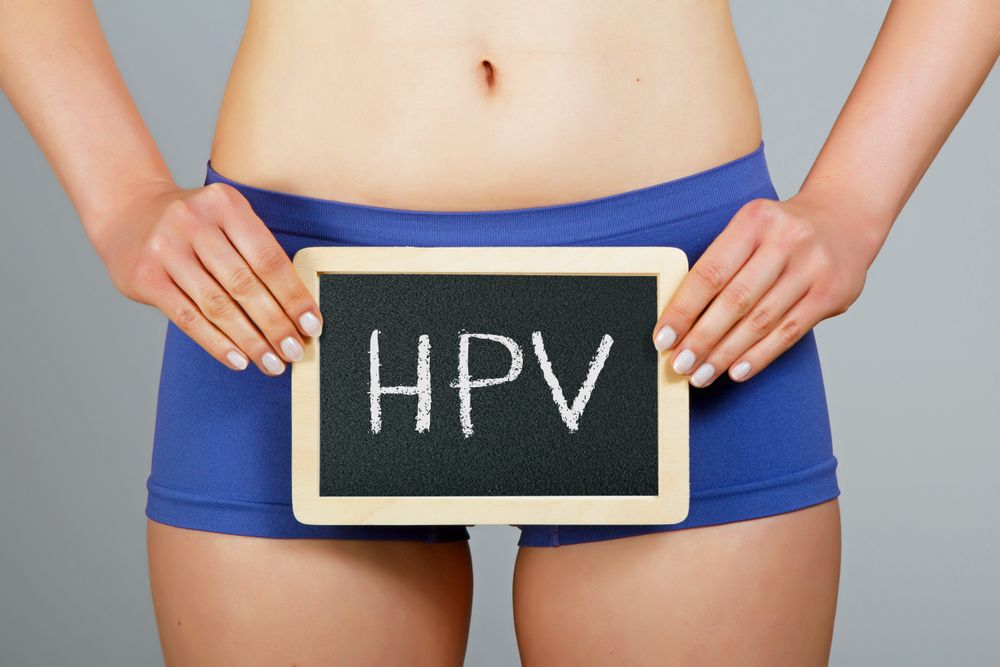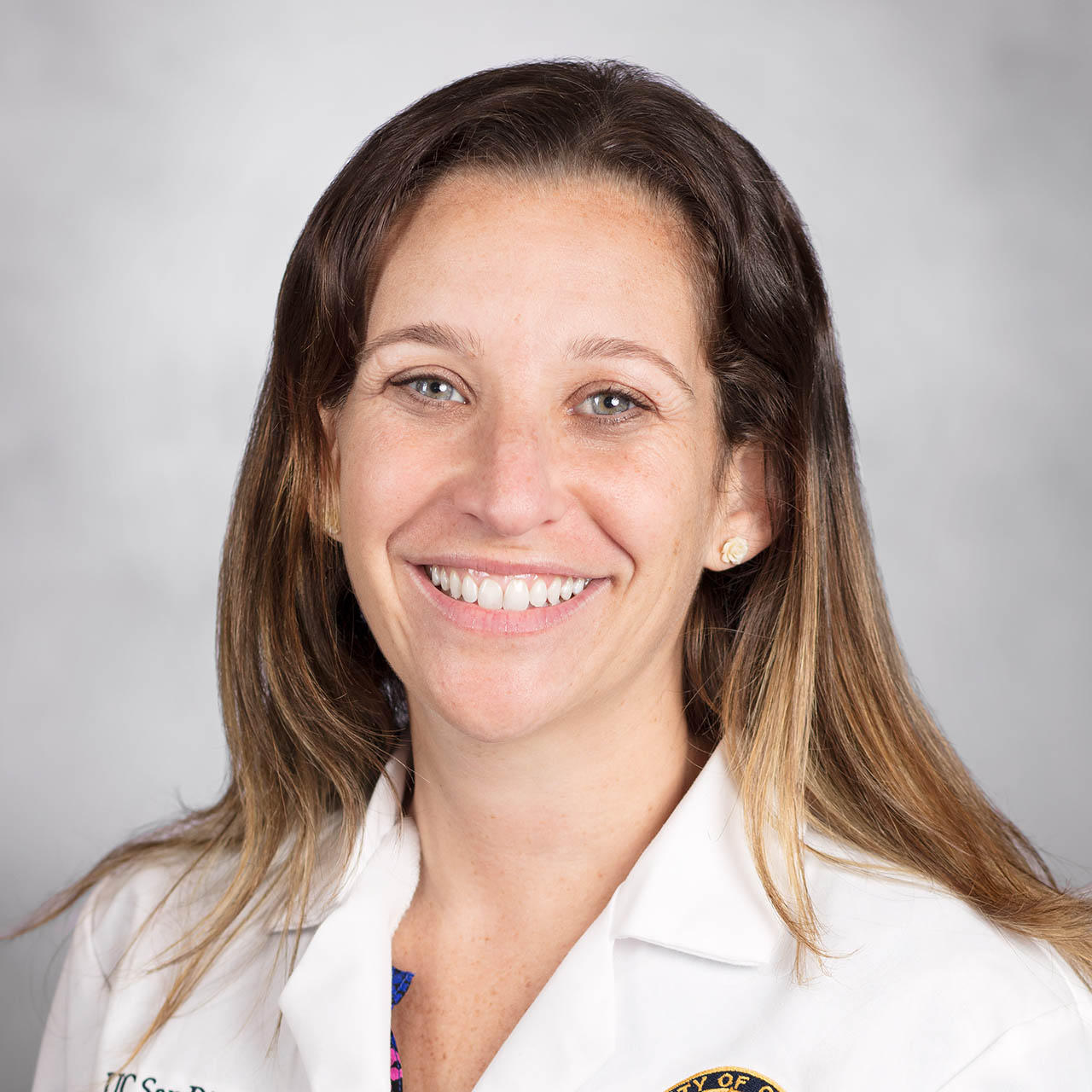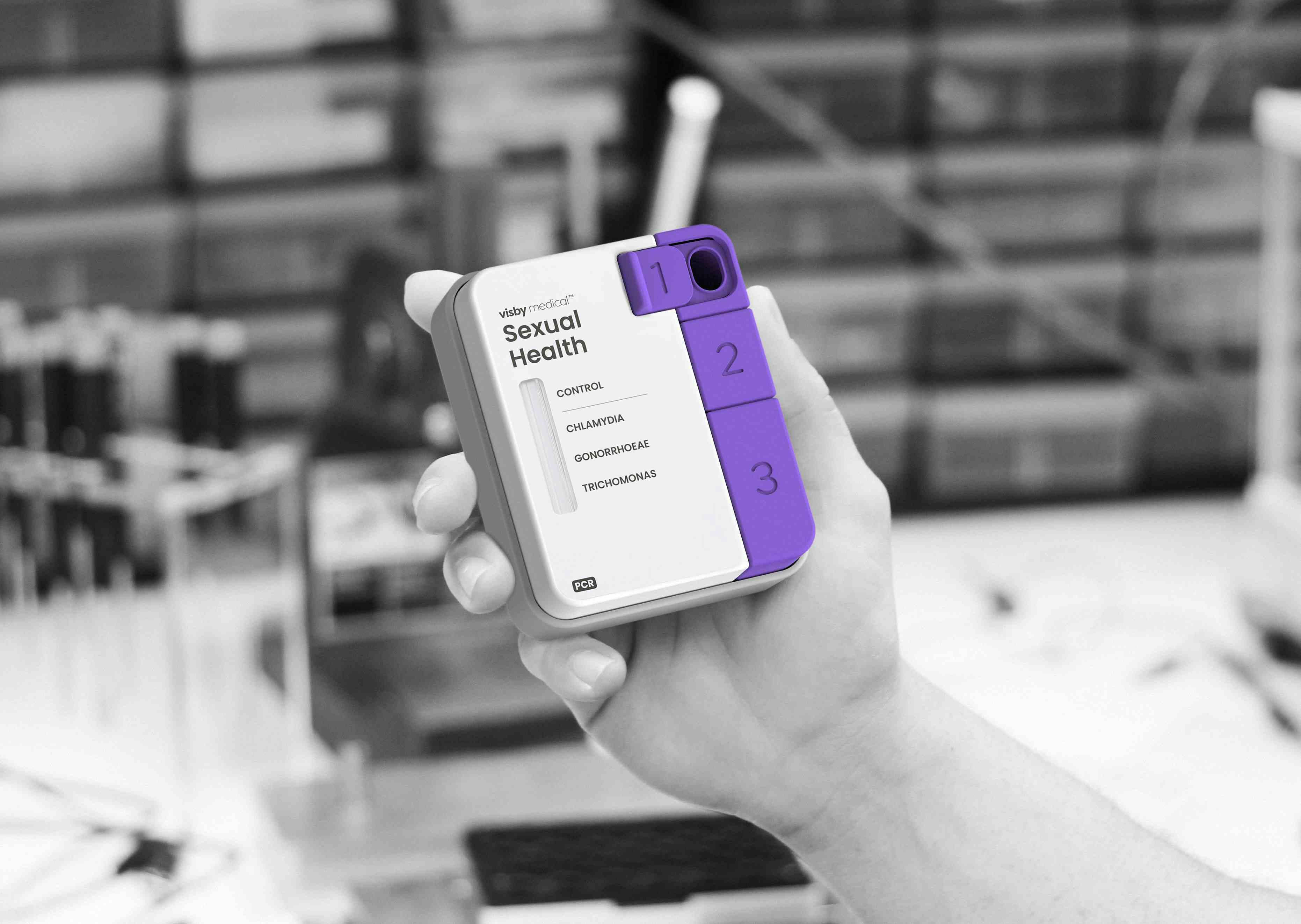Is HPV co-testing really the best screening option?
A new analysis calls into question current wisdom about the best strategy for cervical cancer screening.
©Evan_Lorne/shutterstock.com

A new analysis calls into question current wisdom about the best strategy for cervical cancer screening. The findings suggest that benefits, harms, and costs are best balanced with Pap smear testing every 3 years for women aged 21 to 29, followed by the same testing schedule thereafter, or a switch to a low-cost test for high-risk human papillomavirus (hrHPV) every 5 years from ages 30 to 65.
The results, published in JAMA Internal Medicine, are from a cost-effectiveness study by investigators from the University of California, San Francisco. They evaluated 12 cervical cancer screening strategies currently used in the United States, taking into consideration women’s preferences, estimated quality of life, and economic outcomes. The cervical cancer screening strategies evaluated were:
- Cytologic testing every 3 years in women aged 21 to 65 with either repeat cytologic testing in 1 year or immediate hrHPV triage in women with ASCUC;
- Cytologic testing every 3 years in women aged 21 to 29 followed by cotesting in women aged 30 to 65 with either repeat cotesting in 1 year or immediate genotyping triage for women with normal cytologic test results and positive hrHPV test results; and
- Cytologic testing every 3 years for women aged 21 to 29 followed by primary hrHPV testing alone every 3 years or every 5 years for women aged 30 to 65 with immediate cytologic testing triage for women with positive hrHPV results or immediate genotyping triage for women with positive hrHPV test results with additional cytologic testing triage of women with positive hrHPV test results and negative genotyping results.
Participants in the study were 451 English- and Spanish-speaking women aged 21 to 65 identified at health clinics in San Francisco. To elicit their preferences about cervical cancer screening, an interviewer conducted a 50-minute, face-to-face, questionnaire-based meeting with them and the women also viewed a 7-minute educational video. The result was an assessment of 23 different health states. A Markov model then was constructed, taking into consideration the women’s preferences, estimates of test accuracy, and direct and indirect medical costs in 2016 US dollars.
The researchers found that cytologic testing every 3 years with repeat cytologic testing for ASC-US yielded the most lifetime quality-adjusted life-years (QALYs) and conferred more QALYS at higher costs ($2166 per QALY) than the lowest-cost strategy (cytologic testing every 3 years with hrHPV triage of ASC-US). All cytologic testing plus hrHPV testing (cotesting) and primary hrHPV testing strategies provided fewer QALYs at higher costs. Adding indirect costs did not change the conclusions.
Sensitivity analysis showed that hrHPV testing every 5 years with genotyping triage beginning at age 30 was the lowest-cost strategy when hrHPV test sensitivity was markedly higher than cytologic testing sensitivity or when hrHPV test cost was equated to the lowest reported cytologic test cost ($14).
“Cytologic testing plus hrHPV testing (cotesting) did not appear to be cost-effective under any condition we evaluated,” said the authors. “Furthermore, our analyses suggest that it is not cost-effective to begin primary hrHPV testing prior to age 30 years, to perform hrHPV testing every 3 years, or to perform cytologic testing annually.” They noted that comparative modeling is needed to confirm the findings of their analysis, which contradict guidance from the American College of Obstetricians and Gynecologists and the American Cancer Society.
Study finds lack of testing for gonorrhea, chlamydia during pregnancy
August 15th 2024Adherence to guideline-based laboratory testing and treatment of chlamydia and gonorrhea in pregnant women has been found to be suboptimal in the United States, indicating the potential for negative effects on newborn and maternal health.
Read More















